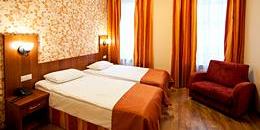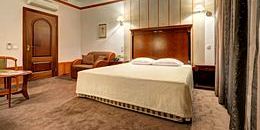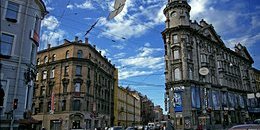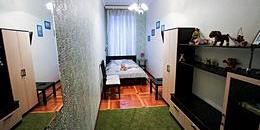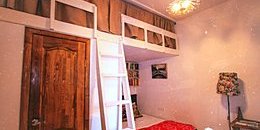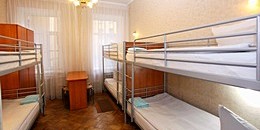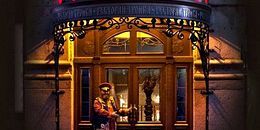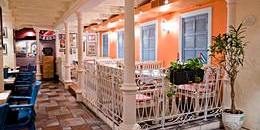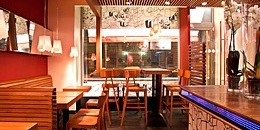Zagorodny Prospekt
The name Zagorodny Prospekt (meaning "Out-of-town Avenue") harks back to the time in the 18th century when this central avenue really was beyond the borders of St. Petersburg and was the site of the vast barracks of the Semenovsky Life Guards Regiment. In the 19th century, however, the street became lined with apartment buildings and home to many famous figures from the worlds of culture and science. When walking down Zagorodny Prospekt today, it's essential to pop into the unique Museum of Military Medicine and the apartment-museum of the great Russian composer Nikolay Rimsky-Korsakov, as well as visiting the "Five Corners", one of the most famous landmarks in St. Petersburg.
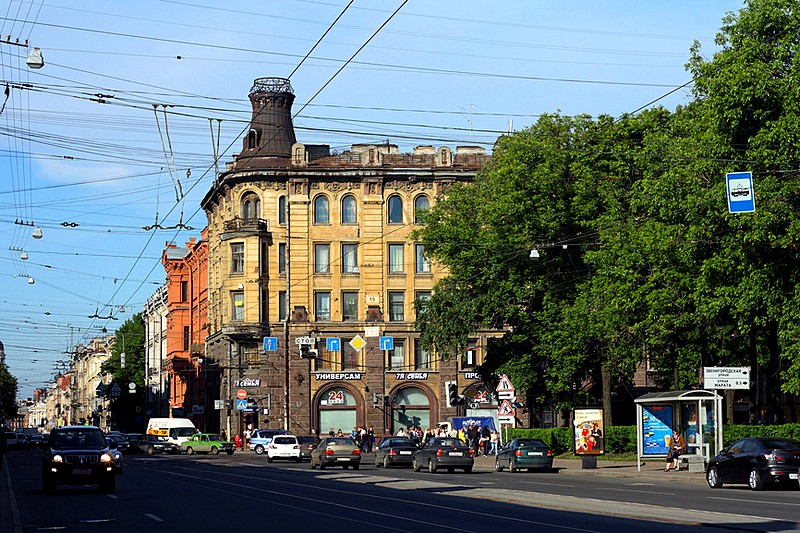
Until the middle of the 18th century, the area where Zagorodny Prospekt now runs was virgin forest. In order to clear the area, Empress Anna divided it between two regiments of the Imperial Guard - the Semenovsky and Izmailovsky Regiments. The paths trodden by the soldiers over time turned into streets, and what is now the site of Pionerskaya Ploshchad and Vitebsk Rail Station became the huge Semenov-Platz (Semenovsky Parade Ground), twice the size of the Field of Mars. As well as drilling and parades, the ground soon gained a more sinister reputation as the site of executions. On 22 December 1849, the site was prepared for the shooting of members of the progressive Petrashevsky Literary Circle, including the young Fyodr Dostoevsky, although the sentence was transmuted to exile at the last minutes. In 1881, however, it was the site of the hanging of the five members of Narodnaya Volya ("The People's Will") who had participated in the assassination of Alexander II.
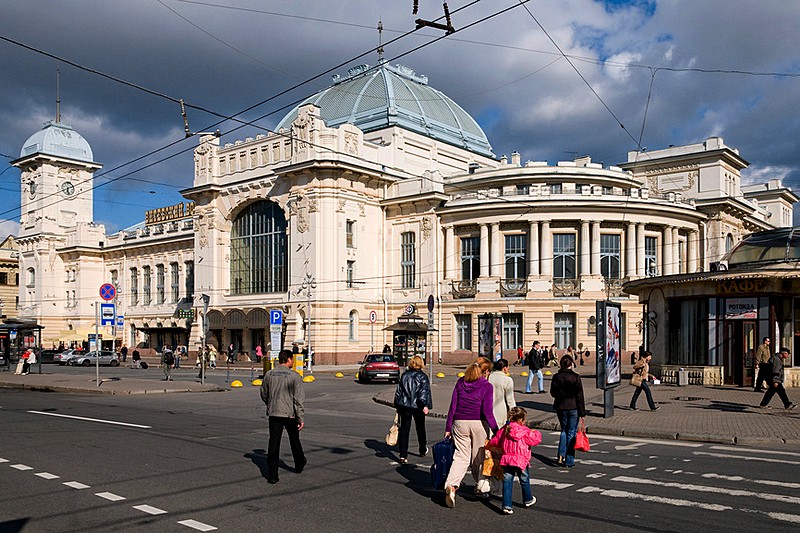
At the beginning of the 19th century, Petersburgers began to build houses along Zagorodny Prospekt. No.1 was the Delvig House, home to Anton Delvig - poet, inventor and friend of Alexander Pushkin. As well as Pushkin, other regular literary guests included Vasiliy Zhukovsky, Vladimir Odoevskiy and Petr Pletnev. Then, in the 1830s, the famous poet and pioneer of modern Ukrainian Taras Shevchenko, lived at No.8.
In the second half of the 19th century, Zagorodny Prospekt became a fashionable residential area. Among the famous residents were the composers Nikolay Rimsky-Korsakov, Pyotr Tchainkovsky, and Anton Rubinshtein, and the leading doctor Sergey Botkin. On the site that had been the Semenov-Platz appeared the St. Petersburg Hippodrome, which was used not just for horse racing but also for cycle races and in 1893 became the site of the first football match in St. Petersburg. Meanwhile, the building of the Vitebsk Station, an art-nouveau masterpiece, was being constructed nearby.
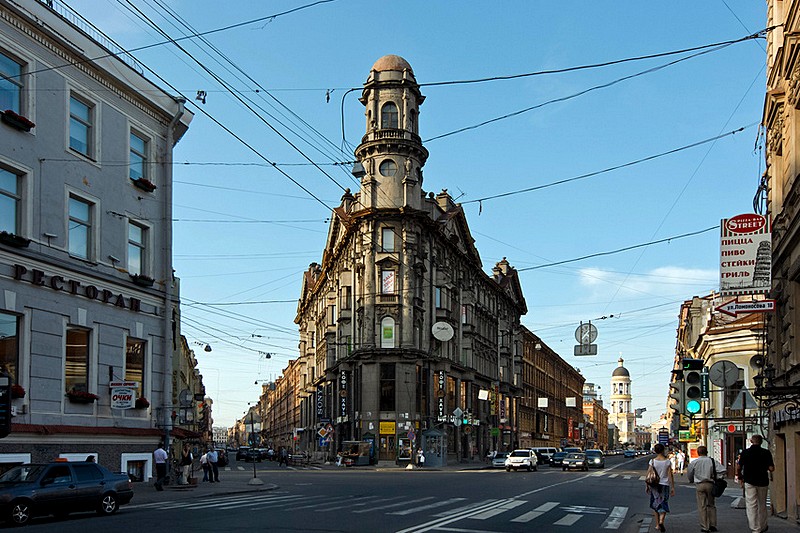
In 1913, a large apartment building in the form of an iron and a high tower at its corner was built at the corner of Zagorodny Prospekt and Ulitsa Rubinshteina. The building seems to cut the avenue into two sections, turning a simple crossroads into a square with five off-shoots. And, although there are several similar architectural solutions in St. Petersburg, this is the one that was historically chosen by the guidebooks to be "the Five Corners":
In 1945 in Leningrad, in one building of the Semenovsky Regimnent, the Military Medical Museum was established, and became a world-class museum of the history of medicine. Then, in 1971, the former apartments of Nikolay Rimsky-Korsakov were opened as a memorial museum to the musician, retaining exactly the real interiors and furniture of the period. Today, Zagorodny Prospekt is a busy central thoroughfare that carefully clings to the traces of its history.
| Metro stations: | Tekhnologicheskiy Institut, Pushkinskaya / Zvenigorodskaya, Dostoevskaya / Vladimirskaya |
|---|---|
| Best walking route: | The whole avenue (2.0km) |
| What's here? | Delvig House, Vitebsk Rail Station, Five Corners, Military Medical Museum, Nikolay Rimsky-Korsakov Apartment Museum, House of the Merchant Rogov, Monument to Alexander Griboedov Monument to Nikolay Pirogov |
| What's nearby? | Moskovsky Prospekt, Vladimirsky Prospekt, Cathedral of the Vladimir Icon of the Mother of God, Gorokhovaya Ulitsa |

